The four main categories of material handling equipment include warehousing, engineering systems, industrial trucks, and bulk material handling. In addition, these material handling equipment is classified into four fundamental types, namely conveyors, cranes and forklifts, trucks and auxiliary equipment. For example, stacking frames can help a company keep shreddable materials stacked on top of each other without damaging the items. Improper storage and handling can result in product loss, material damage and inefficiency in the supply chain.
Material handling refers to the storage, control, protection, and movement of products and materials during storage, consumption, manufacturing, disposal and distribution. Storage equipment is equipment used to store products and materials when they are not being used or when they are waiting to enter or exit the production process. The higher upfront costs of more sophisticated equipment are well worth it, as they help the company handle more material with greater speed and efficiency. For example, an inadequate material handling system could damage the product or delay the material from reaching the proper phase.
Many of these types of trucks have useful features, such as forks or a flat surface that can be inserted under pallets or other types of storage platforms. The material will reach the necessary stations and locations faster, ensuring that its flow remains constant. One of the biggest concerns of those who use material handling equipment in their businesses is to reduce their costs. Bulk material handling equipment refers to equipment that stores, controls, and transports bulk materials.
If your material handling system cannot manage material flow efficiently, downtime can occur, resulting in new costs and lower profitability. The materials are stored in an orderly and convenient way to wait for transport or entry into the production process if necessary. The belt conveyor, chain conveyor, roller conveyor, and pneumatic conveyor are the most common forms of conveyors used to manipulate materials in an organization. These aspects of the process can cost a significant amount of money, especially if your material handling system is inefficient.
Manually lifting and transporting materials can be time-consuming and exhausting for workers.
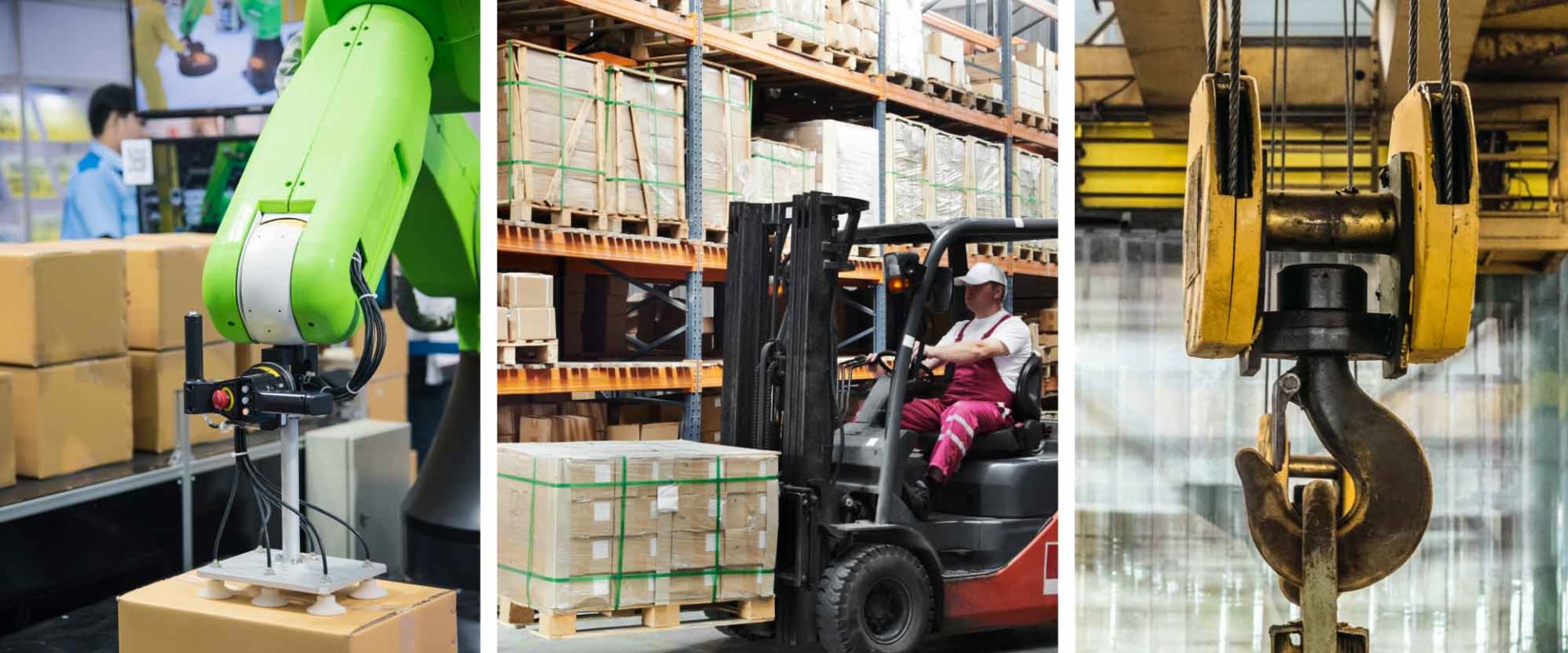

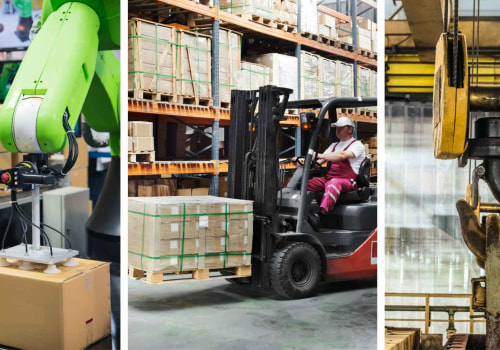
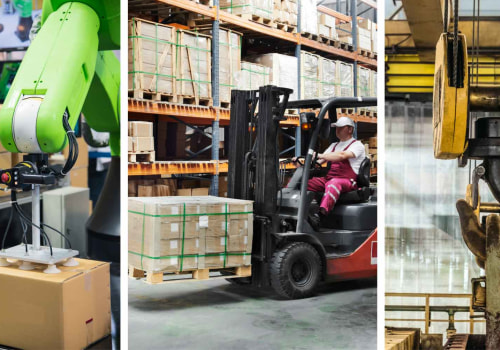
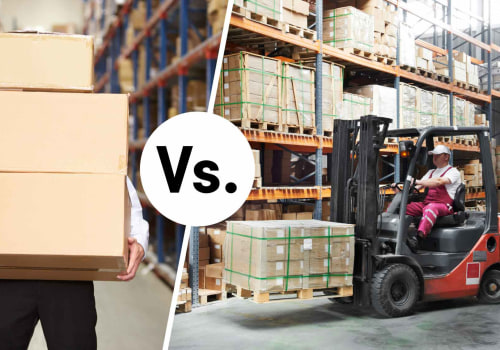



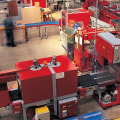
Leave a Comment